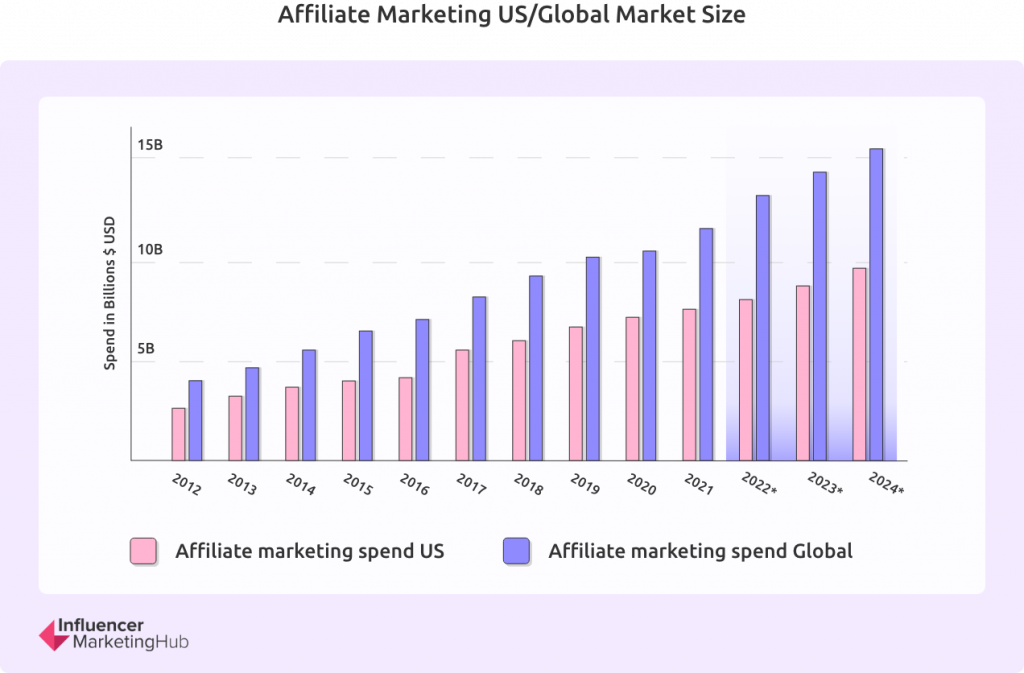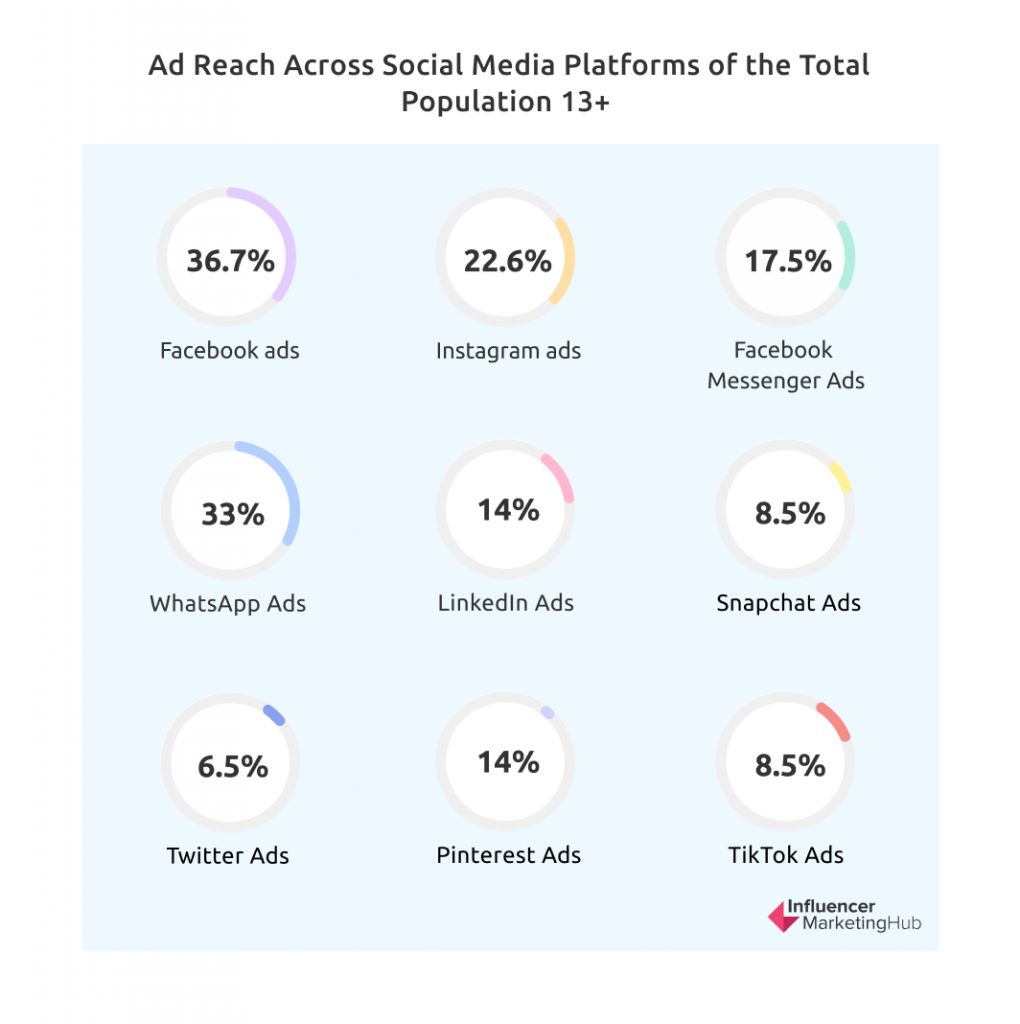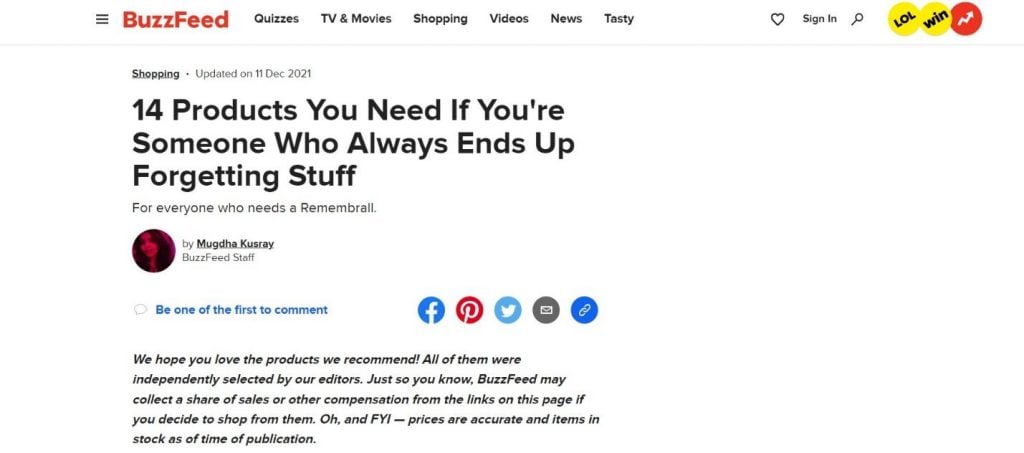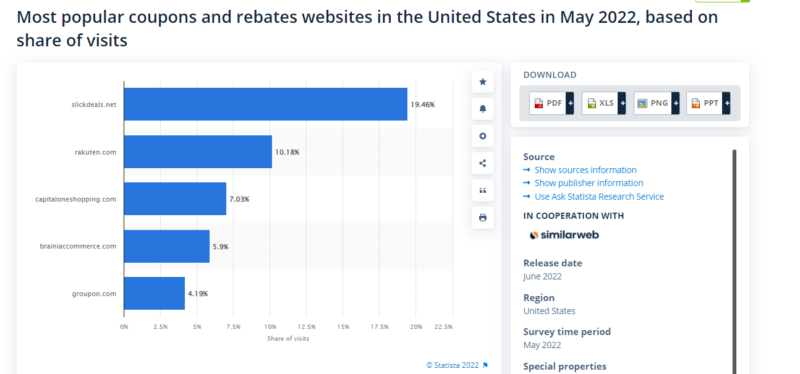In its simplest form, affiliate marketing is promoting goods or services that are not your own. You first establish a website, blog, or social media channel and join affiliate programs. The program will provide you with a link to display on your platforms, then you get a commission when someone clicks on your link and buys the affiliate product.
Affiliate marketing is also a multi-billion-dollar global industry. By 2022, the affiliate marketing industry will be valued at $12 billion, three times its 2015 value. With these figures in mind, it’s no wonder that many people use affiliate marketing to supplement their income or even to start a new career. However, in today’s ever-changing digital landscape, you need to be astute to become a successful affiliate marketer.

These 19 tips and strategies can give you an edge in affiliate marketing in 2024 and beyond.
Tips, Strategies and Best Practices for Affiliate Marketers in 2024:
- Choose a niche
- Understand your target audience
- Disclose affiliate links
- Leverage on multichannel strategy
- Use Key Performance Indicators to track your progress
- Create a carousel of ads
- Repurpose or edit old content
- Write or update product reviews
- Write product comparisons and listicles
- Design a mobile-friendly campaign
- Offer discount codes
- Add your own incentives
- Use link localizers
- Watch out for hot topics
- Optimize your influence
- Experiment with search intent
- Make use of free and freemium marketing tools
- Know your monetary value
- Remember, it’s not all about the money
Choose a niche
You must have enough influence to be an affiliate, and one of the best ways to gain a solid following is to have a niched-based website.
Pick a topic that interests you and has the potential to generate a substantial side hustle. Examine market trends and what your target audience needs. Using research tools like Google Keyword Planner, Google Trends, and SEMrush can help your research.
Once you’ve chosen a niche, create high-quality content for your audience. The more original and substantial your content is, the easier it gets to position yourself as an authority in your field.
Understand your target audience
Affiliate marketing requires being able to understand what your audience needs, and meeting that demand. You can better understand your target demographic by creating buyer personas which are fictional representations of your ideal consumers’ life, concerns, challenges, and decisions. Your affiliate network can provide you with buyer personas, or you can create your own.
Once you’ve figured out your target demographic, you can start creating an affiliate marketing strategy tailored to them.
Disclose affiliate links
One factor that may make or break your affiliate marketing efforts is the trust between you and your audience—and disclosing affiliate links is the first step toward building trust. If you fail to announce that you’ll get paid to promote a product and they find out elsewhere, your credibility will take a hit. Once customers have reason to doubt your integrity, it gets hard to convince them to do business with you.
The Federal Trade Commission (FTC) also mandates affiliate marketers to put a disclosure. If you’re an Amazon Associates member, you’ll also need to add a disclaimer like;
The FTC forbids using the hashtags #affiliate or #affiliatelink on Twitter because they are not explicit enough. Using #ad is a great alternative. Instagram’s native affiliate tool adds the “Eligible for Commission” tag automatically. Sponsored posts also include a "Paid Partnership” notice.
If you plan on writing your own disclaimer, keep it clear and concise. Make sure that it’s on all content pages too.
Leverage on multichannel strategy
A multichannel strategy outperforms any outcomes via a single platform. Your website, blog, and email lists are all "owned" platforms. Social media channels such as Instagram, YouTube, and Pinterest are examples of "rented" platforms.
It is now a cardinal sin to leave social media out of your business model. YouTube is the second most popular search engine in the world for one thing, and there are 500 million active Instagram users worldwide every day. Content that works well across various social media platforms brings your target audience to your owned spaces, particularly your website and blog.

Rented platforms are great for growing a following. But if you want to keep marketing efforts safe from constant social media updates, you need to drive people to your sites too.
Use Key Performance Indicators to track your progress
Visitors can click on your affiliate links as many times as they want, but until they buy something, your work is only half successful. Key Performance Indicators (KPIs) are metrics used to assess the success of marketing campaigns. KPIs can tell you which parts of your marketing plan are most effective and create the most revenue. They can also tell you what components aren’t yielding valuable returns.
There are several metrics available but pay close attention to:
- Click-through rate. This is the number of clicks compared to the number of views. You can use it to track digital ads, call-to-actions, and links.
- Conversion rate. This is the number of conversions compared to the number of clicks. This also applies to any desired action taken by the audience, like subscribing to a newsletter or downloading an eBook.
Create a carousel of ads
If you join an affiliate program, you will typically receive adverts to place on your website, blog, social media platforms, and email. Even if your network provides template ads, you can create your own (if allowed) to stand out from the competition.
When you have a decent collection of pre-made and original ads, experiment with them to see which ones work best with your target audience. It may take some time to find the best combination, and you may need to cycle your ads frequently to get more views.
You can use an ad rotator plugin to make the rotation easier. This tool automatically cycles advertisements and tracks clicks to see which ones are effective and which ads need replacing.
Repurpose or edit old content

Repurposing content expands your marketing reach by attracting followers you may have missed the first time. It’s also an excellent way for new followers to learn from you. Here are some examples of how you may repurpose and update your existing content:
- Make a YouTube video on an earlier post to expand on the topic
- Create an infographic using key takeaways from a long article
- Use Reels or TikTok to highlight YouTube videos
- Make a mini-series out of long Facebook videos
- Tweet a relevant line from an old article
- Use a powerful sentence from an old blog to caption an Instagram post
- Create an eBook from interconnected blog posts
You can also conduct experiments on your popular affiliate content to maximize their traffic and gather new pertinent data. Here are a few ideas to try:
- Replace non-converting links
- Change the color, size, and position of the Call-to-Action button
- Add new photos or replace the old ones
- Use relevant or powerful words around affiliate links
- Add pop-ups to pages with higher traffic
Write or update product reviews
93% of consumers check online reviews before buying a product or acquiring a service. Make sure to provide value and knowledge in your reviews to improve traffic and boost your expertise. If you already have product reviews, make sure your opinions on the products haven’t changed. Update the article if you feel differently about the product now or add more information about it.
To write a relevant review, answer these questions:
- What makes the product valuable to its users?
- What problems did the product successfully solve?
- What issues did the product have difficulties resolving?
- Is the product up to par?
- What are your favorite features?
- What features need improvement?
- Is it accessible to all?
- Is it a worthy investment?
- Would you recommend it to a family member or a friend?
When you write a review, particularly with affiliate links, stay objective. Resist the temptation of writing a glowing review for a mediocre product just to get a commission. If you do, you’re going to damage your relationship with your audience.
Write product comparisons and listicles

Source: buzzfeed.com
Product comparisons and listicles are popular affiliate content formats.
Product comparison content usually covers two or more products or services. This type of content provides the readers with information that can highlight pros and cons between each product to make educated buying decisions.
Listicles are articles presented in a list format, like BuzzFeed content. This article you’re reading is an example of a listicle. Some readers prefer listicles because they have a more concise structure and are generally easy to understand.
Design a mobile-friendly campaign
Because many shoppers are still wary of physical stores, the rise of mobile shopping continues post-pandemic. As such, it’s important to integrate mobile marketing into your plan.
Short Message Service (SMS) texting is only one aspect of mobile marketing. With smartphones being the predominant handheld device, you can get traffic from social media and mobile search and drive it to your own affiliate spaces, which should also be mobile-friendly.
You can also use ad networks that target and convert mobile users into paying consumers. Affiliate programs typically offer mobile-optimized features too.
Offer discount codes

Source: statista.com
Affiliate networks usually compile online marketing resources for their affiliates to use. These materials include banners, graphics, and email ad texts. But, now and then, there are discount coupons thrown into the mix. These are great at converting visitors into purchasers. According to a report, 89% of millennial shoppers will try a new brand if there’s a discount coupon.
Ask your partners if they have any discount codes for your affiliate products. Once you have them, let your audience know by:
- Sharing the discount code on your social channels with a direct link to the affiliate product
- Sending an email to your list directing them to the sale
- Integrating the discount code to any affiliate-related content on your blog
- Including the word "discount" in the meta description of your article
Add your own incentives
Offering incentives in general can effectively promote brand loyalty, and it’s particularly fun if you’re celebrating a milestone, like your blog anniversary, or if you’ve made a hefty commission and want to share your good fortune with others.
Giving rewards or bonuses does not necessarily mean breaking your wallet. You can offer incentives with little to no cost. For example, you can provide free copies of premium eBooks or give an exclusive membership to a secret Facebook group.
It’s really not about the reward but making your customers feel special.
Use link localizers
When advertising a product from an international brand, you need to be mindful of the varying needs of global shoppers. Among these needs is seeing the product’s price in their native currency. As much as 92% of foreign shoppers will only buy from a multinational eCommerce site if they see their local currency on it.
Use a link localizer to make this easier for you and your audience. Link localization is when you direct your audience to a country-specific website. Once your prospect clicks your affiliate link, they will be directed to the local website of the product, and not the global one.
This is particularly important for Amazon Associates members. If you don’t use an Amazon Affiliate link localizer, you won’t get paid for the international traffic you generate from your website.
If you’re not part of a program, you can use a link localizer plugin. Some plugins are free, while others charge a fee for premium features.
Watch out for hot topics
Buzzfeed has become a media juggernaut by relying on affiliate links for revenue. Seven in ten BuzzFeed readers lean on the brand’s content before purchasing a product, and their choice if content is key to their success. BuzzFeed uses hot topics, creates listicles about them, and ensures the content is shareable.
You can take a page from BuzzFeed’s playbook to increase your brand visibility. Using trending topics in your content keeps your brand in the spotlight. Look into the "hot news" locally and globally and see how you integrate your affiliate products.
For example, if you’re promoting baby products, you can use Rihanna’s recent pregnancy announcement as an intro. However, remember to use trending topics only if they relate to your affiliate product organically. Otherwise, it’s clickbait, which most readers hate.
Optimize your influence
In the past, affiliate marketing was all about "the more, the merrier." Brands work with hundreds of bloggers and content creators, regardless of the number of followers or their kind of audience, to promote their products. Today, there’s a higher focus on quality over quantity.
Companies are even more selective of the people who’ll represent their brand and promote their products, giving rise to influencer marketing. Influencers are so in-demand right now that Amazon even created an Associates program for them.
Influencer marketing works effectively if you have a large social media following. You get to pick what you advocate as an influencer, which is vital to maintain your integrity and authority. You can also choose niche-related products and be very specific about them.
For example, if you’re part of the “bookstagram” community on Instagram, you can focus on promoting products that best relate to a certain genre you’re interested or have authority in.
Experiment with search intent
When you do your monthly keyword research, look beyond the statistics. Think of the intent behind the keyword search. What products are connected to the keyword? Did your target market search for it to gather information? Are they researching to buy the product? Are they ready to make a purchase? When you figure out the intent behind the keyword use, you can connect your affiliate content with it.
For example, if your audience is searching for the "best Nespresso coffee machine," they’re likely on the verge of buying one, and you can benefit by answering that question for them. However, if they searched "drip coffee versus French press," they may not have made up their minds yet. Rather than bombard them with links, you can focus on providing them with relevant information to help them. When the time comes that they’re ready to buy, you can funnel them through one of your sales pages using affiliate links and products.
Make use of free and freemium marketing tools
Affiliate marketing is by far the most cost-effective form of online marketing. Thanks to free social media platforms like Instagram, you can become an affiliate without paying out.
But if you want to expand your business, try investing in low-cost marketing tools. You can use "freemium" services like Mailchimp to create a newsletter or Mention to track consumer activities related to your affiliate product.
There are also free blog resources to help you identify your target audience’s preferences and interests. Furthermore, you can use Google Ads to compare your affiliate marketing efforts to other forms of advertising on your site.
Know your monetary value
Affiliates sometimes get too excited when a brand offers them a partnership, leading to them agreeing to the terms without thinking about it first. Yes, you only get a commission when you successfully sell your affiliate product, but there are affiliate programs that pay a referral fee if a potential buyer simply clicks your link and adds the product to their cart. It’s important to understand how brands compute commission rates and referral fees.
Companies consider different variables when calculating affiliate commissions. Apart from the product’s price, the size of the company and the value it places on affiliate marketing also affect the commission rate.
As an affiliate, you need to protect yourself so you won’t get underpaid. Do the math. Think of how much time you need to devote to promoting the product (this is especially important if you have a main job). Compare services and rates from different affiliate programs.
Remember, it’s not all about the money
Whatever affiliate marketing methods you use, be helpful first and worry about sales second. As a result, your writing will sound less aggressive and more authentic. Your willingness to help will be evident in your content, which will strike a chord with your visitors. They’ll appreciate you more and have greater trust in your authority. Subsequently, this makes them more open to trying your product recommendations.
The Bottom Line
Rather than relying on intuition or guesswork, have a solid affiliate marketing plan in place. Double down on what’s working and improve those that need adjustments. Experiment once in a while with new tips and tricks to find more ways to deliver content better.
Affiliate marketing profit has no hard limit, but achieving your goals requires diligent work and dedication. The competition for customer attention is fierce, so affiliates must think outside the box to stay ahead of the pack. Get inspired by these best practices and turn your side hustle into a steady source of income.


